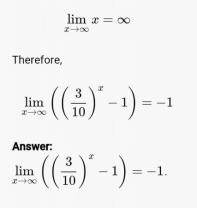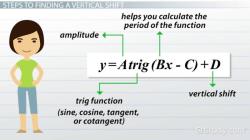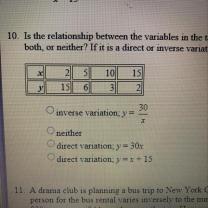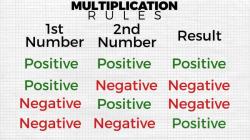How do you add integers?
Adding integers involves performing arithmetic operations to combine positive and negative whole numbers. Here are the rules for adding integers:
Same Sign:
- When you add two integers with the same sign (both positive or both negative), add their absolute values (ignore the signs) and keep the common sign.
- Example 1: (+3) + (+5) = +8
- Example 2: (-4) + (-2) = -6
- When you add two integers with the same sign (both positive or both negative), add their absolute values (ignore the signs) and keep the common sign.
Different Signs:
- When you add two integers with different signs (one positive and one negative), subtract the absolute value of the smaller number from the absolute value of the larger number. The result takes the sign of the number with the larger absolute value.
- Example 3: (+7) + (-3) = +4 (7 - 3 = 4, and the larger number is positive)
- Example 4: (-5) + (+2) = -3 (5 - 2 = 3, and the larger number is negative)
- When you add two integers with different signs (one positive and one negative), subtract the absolute value of the smaller number from the absolute value of the larger number. The result takes the sign of the number with the larger absolute value.
Zero:
- Adding zero to any integer does not change the value of the integer.
- Example 5: (+6) + 0 = +6
- Example 6: (-3) + 0 = -3
- Adding zero to any integer does not change the value of the integer.
Here are a few additional tips for adding integers:
- You can think of positive integers as "gaining" and negative integers as "losing" or "subtracting." When you add them, you consider the net result.
- When you add a positive integer, you move to the right on the number line. When you add a negative integer, you move to the left on the number line.
Using these rules, you can perform addition with integers efficiently. Practice with various examples to become more proficient in adding integers.
To add integers, follow these steps:
- Line up the integers vertically, with the ones digits in the same column.
- Add the ones digits and carry over any tens digits to the next column.
- Add the tens digits and carry over any hundreds digits to the next column.
- Continue adding the digits, carrying over any digits as needed.
- The sum of the integers is the number at the bottom of the column.
For example, to add the integers 123 and 456, you would line them up as follows:
123
+ 456
Then, you would add the digits, starting from the right:
123
+ 456
-------
579
The sum of 123 and 456 is 579.
Here are some more tips for adding integers:
- If the integers have different signs, subtract the smaller integer from the larger integer. The sign of the result will be the same as the sign of the larger integer.
- If the integers have the same sign, add the integers together. The sign of the result will be the same as the sign of the integers.
- You can also use a calculator to add integers. Simply enter the integers into the calculator and press the addition button.













